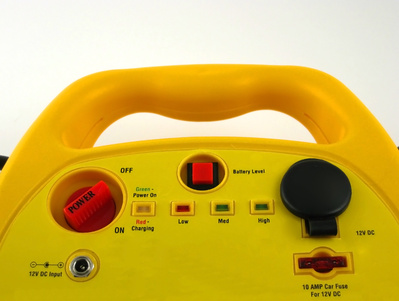
Rejuvenating a 12-volt battery usually involves cleaning and recharging it. Over time, lead-acid crystals can build up on the battery plates, which causes sulfation that prevents a battery from fully charging. You can remove sulfation with a special device that acts similarly to a charger. You will need a battery charger and a desulfator to complete the project.
Scrape and clean the battery terminals with a wire brush or other battery cleaner tool, scraping away all corrosion from each terminal. Apply an anticorrosion spray for batteries to each terminal, along with the cable clamps that will connect to the battery.
Connect a battery charger to the car battery, making sure you connect the charger's red positive cable clamp to the positive terminal first and then the black cable to the negative terminal.
Plug in the charger. Set it to the correct settings, if applicable. For example, set the voltage to 12 volts if that's the battery type and the charger has a voltage setting. Set the battery type, which is "maintenance-free" or "conventional" on most current batteries.
Set the amperage to the correct setting as recommended by your specific charger's instructions. The lower the amperage, the more time it will take, but the higher the battery will ultimately be recharged.
Turn on the charger, and wait for it to charge the battery. On some models a green light on the charger will glow when it is ready. Turn the charger off, unplug it and disconnect it from the battery, negative cable first.
Connect the battery to a reviver or desulfator, which is a boxlike device that looks similar to an inverter and connects to the battery terminals. This device usually connects to car-style battery cables, with its cables' U-clips mounted under the cable clamp nut.
Turn on the device that the battery is connected to and powering, whether it's turning on the car or your power inverter. As the device operates, the reviver dissolves the lead-acid crystals on the battery plates. Check the reviver's instructions for how long this process should take.
Disconnect the reviver if it is necessary for safety reasons, such as if you can't keep it securely connected while driving the car. You can keep the reviver connected if it is secure, thus preventing future desulfation.